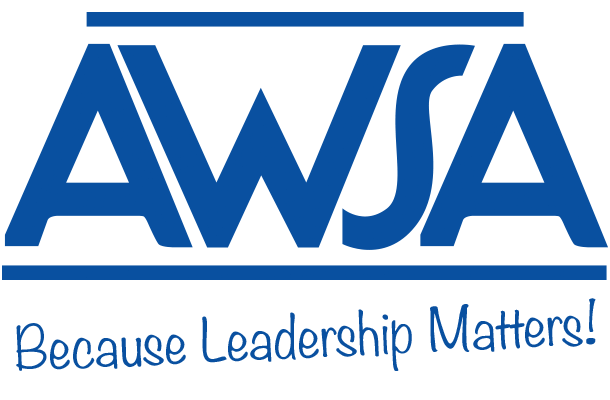Five Actions for Improving Classroom Observationsby Max Silverman, Associate Director, University of Washington Center for Educational Leadership Principals are spending more time than ever in classrooms. Again and again, they hear that being an instructional leader means being in classrooms. Whether it is for the purpose of teacher evaluation or one of the many types of learning walkthroughs or instructional rounds, principals and other school leaders are out there in force. For the most part, it is a positive development that school leaders are getting out of their offices and into classrooms. However, even an informal canvas of these same leaders tells a story of people who are putting in the time, but often lack a clarity of purpose and requisite skills to use this time to further student learning outcomes or support the improvement of teaching practice. In essence, as a field we have done a great job at challenging principals to cross the seemingly impermeable barrier at the classroom door, but have yet to provide them the clarity of what to do during and after these visits. There are many good reasons for school leaders to spend time observing teaching and learning. These include:
As you look as these different purposes for being in classrooms, it is important to consider the correct protocol or process for observing. Your purpose should indicate things like, how many classrooms to visit, how much time to spend in each classroom, how you want to take notes, which note-taking template is best, and most importantly, what you do with the information you gathered. Regardless of why you are in classrooms, all leaders need to develop certain skills that will enhance their observations to best gather data about the relationship between teaching and learning. Ideally, leaders will always be trying to develop cause-and-effect relationships between teaching and learning. At the University of Washington Center for Educational Leadership we recommend that leaders hone their classroom observation skills in the following five areas:
Observe the core As Richard Elmore and Elizabeth City recommend, always look for the relationship between learning task, student engagement, and teacher’s content knowledge and pedagogical skill. Being able to observe for each of these dynamics individually and in relation to each other are critical to understanding exactly how teaching is impacting student learning. To do this, one must:
Gather descriptive data In essence, your time in classrooms is an evidence-gathering activity. Whether the data will be shared with teachers, used for planning professional learning, or entered into your teacher evaluation system, you need objective, descriptive, and unbiased data to work with. Challenge yourself to do the following without writing any subjective statements:
Be curious The data you collect gives you lots of information that should spark a leader’s interest to learn more about what they are seeing and what is causing what they are observing. Expert observers replace subjectivity and jumping to conclusions with curiosity about things such as:
Look for strengths, not deficits This one is often tricky for our field as we so quickly tune in to what is going wrong or the deficits of teachers and students. Research is clear that people grow from their strengths rather than deficits. If you can discipline yourself to see what teachers and students can do and what they are on the verge of doing, you are much more likely to see what is possible rather than getting overwhelmed by all that is going wrong. This is actually easy to do if you are focusing on being objective and curious (see bullet points above). Try this at work – or in your personal life! – and you will be surprised at how quickly you can see changes take place.
Take action that increases the likelihood of teachers improving practice At the end of the day, or the class period, there is really no reason to be in a classroom unless you intend to use the data you collect. These actions can include:
We all should legitimately feel good about the fact that we as a field are spending more time in classrooms. Our challenge now is to get much clearer on why we are there, what we need to do while being there, and most importantly, using what we see to drive our leadership actions. As you plan your upcoming school year, consider these points and upgrade your observation plans, practices, and follow up!
Additional resources: Types of Classroom Observation (http://info.k-12leadership.org/types-of-classroom-observation) Max Silverman is associate director at the University of Washington Center for Educational Leadership. Contact him at [email protected].
Read more at: Elementary Edition - Secondary Edition - District Level Edition |
